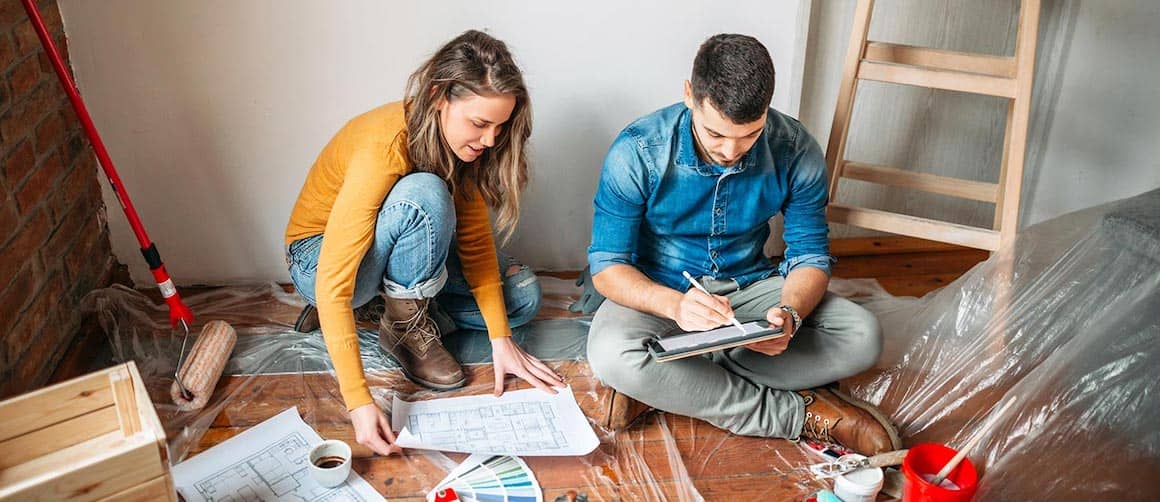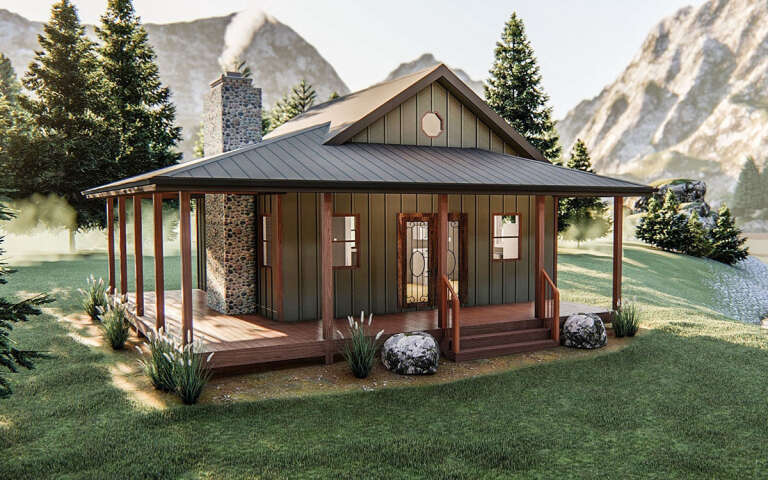Essential Tips for Building a New Home: A Guide to Success
Building a new home is an exciting yet intricate journey, filled with numerous decisions and considerations. From selecting the right location to finalizing the smallest details, every step plays a critical role in creating a space that aligns with your vision. However, without proper planning and foresight, the process can quickly become overwhelming. To ensure a seamless experience and avoid common pitfalls, here are some essential tips for building a new home that will help guide you through the process.

Start with a Clear Plan and Budget
Define Your Vision
Before the construction begins, it’s crucial to have a clear and comprehensive plan for your new home. This involves not only deciding on the size and layout but also determining the design style, number of rooms, and any special features you may want. Whether you prefer a minimalist modern home or a more traditional design, having a defined vision will help streamline the entire building process.
Set a Realistic Budget
Establishing a budget is one of the most important steps in building a home. Your budget should account for all costs, including land purchase, construction materials, labor, permits, and any unforeseen expenses that may arise. It’s advisable to add a contingency fund of at least 10-20% to cover unexpected costs, such as price fluctuations in materials or design changes during construction. Be realistic about what you can afford and prioritize essential features over luxury upgrades if necessary.
Select the Right Location
Consider the Long-Term Value
Location is paramount when building a new home. Choose an area that not only meets your current needs but also offers long-term value. Consider factors such as proximity to schools, work, public transportation, and amenities. The neighborhood’s safety, future development plans, and community environment are also important aspects to evaluate.
Inspect the Land
Before purchasing land, it’s essential to conduct a thorough inspection of the site. Pay attention to the soil quality, topography, drainage, and access to utilities. Poor soil conditions or areas prone to flooding can significantly increase construction costs and create long-term maintenance issues. Engaging a surveyor or civil engineer to assess the property can help identify potential problems early on.
Work with a Reputable Contractor and Architect
Do Your Research
Selecting the right team of professionals is crucial to the success of your home-building project. Research contractors, architects, and builders thoroughly by reviewing their portfolios, checking references, and reading customer reviews. An experienced team will not only ensure quality workmanship but also help guide you through complex decisions.
Communication is Key
Maintaining clear and open communication with your contractor and architect is essential. Ensure that everyone involved in the project fully understands your vision and expectations. Regular meetings and updates will help keep the project on track and prevent misunderstandings or delays. Don’t hesitate to ask questions or request clarifications if something is unclear.
Design with Functionality and Future Needs in Mind
Prioritize Space Utilization
When designing your home, it’s important to think about how the space will be used, both now and in the future. Consider the flow of the rooms, storage needs, and areas where your family will spend the most time. Open-plan layouts are popular for their spaciousness and flexibility, but it’s important to balance open areas with private spaces for relaxation and personal use.
Plan for Future Growth
If you plan on expanding your family or foresee other changes in the future, such as aging in place, design your home to accommodate those needs. This could include extra bedrooms, larger living spaces, or designing with accessibility in mind. Building with a long-term perspective will save you the hassle and cost of major renovations down the road.
Invest in Energy Efficiency
Sustainable Building Materials
Incorporating energy-efficient features into your new home can provide long-term savings and reduce your environmental impact. Choose sustainable building materials, such as recycled wood, eco-friendly insulation, or energy-efficient windows. These materials not only contribute to a healthier living environment but can also reduce your overall energy consumption.
Solar Power and Smart Technology
Consider installing solar panels to reduce electricity costs and harness renewable energy. Smart home technology is another excellent investment, allowing you to control lighting, heating, cooling, and security systems remotely. These technologies can significantly improve energy efficiency and make daily life more convenient.
Pay Attention to Lighting and Ventilation
Maximize Natural Light
Natural light plays a vital role in the comfort and atmosphere of your home. Design your home to take advantage of sunlight by positioning large windows in key areas, such as living rooms, kitchens, and bedrooms. Skylights are another great option to bring more light into darker areas of the home.
Ensure Proper Ventilation
Proper ventilation is essential for maintaining a healthy and comfortable living environment. Ensure that each room, especially kitchens and bathrooms, is well-ventilated to prevent moisture buildup and reduce the risk of mold. Consider installing ventilation systems or ceiling fans to improve airflow throughout the home.
Choose Quality Materials and Finishes
Don’t Compromise on Durability
While it may be tempting to cut costs by choosing cheaper materials, investing in high-quality materials and finishes will save you money in the long run. Durable flooring, countertops, and roofing materials will last longer and require less maintenance over time. It’s better to invest in quality up front than to deal with costly repairs or replacements later on.
Personalize with Thoughtful Details
The finishing touches of your home are what truly make it yours. From the flooring to the fixtures, take the time to select details that reflect your personal style. Whether it’s custom cabinetry, elegant light fixtures, or unique tiles, these elements will enhance the overall aesthetic of your home and create a space that feels both luxurious and welcoming.
Monitor Progress and Stay Involved
Regular Site Visits
Staying involved in the building process is crucial to ensuring that your vision is being realized. Regular site visits allow you to monitor progress, address any concerns, and make on-the-spot decisions. While it’s important to trust your team, being proactive in overseeing the project helps prevent potential issues from escalating.
Flexibility and Patience
Building a home takes time, and delays or changes are often inevitable. Be prepared to adapt your plans as needed and remain patient throughout the process. Maintaining flexibility and a positive mindset will make the experience far less stressful and more enjoyable.
Building a new home is a rewarding venture that requires careful planning, thoughtful design, and attention to detail. By following these tips, you can ensure that your dream home becomes a reality—one that is both functional and beautiful, tailored to your lifestyle and built to stand the test of time.




